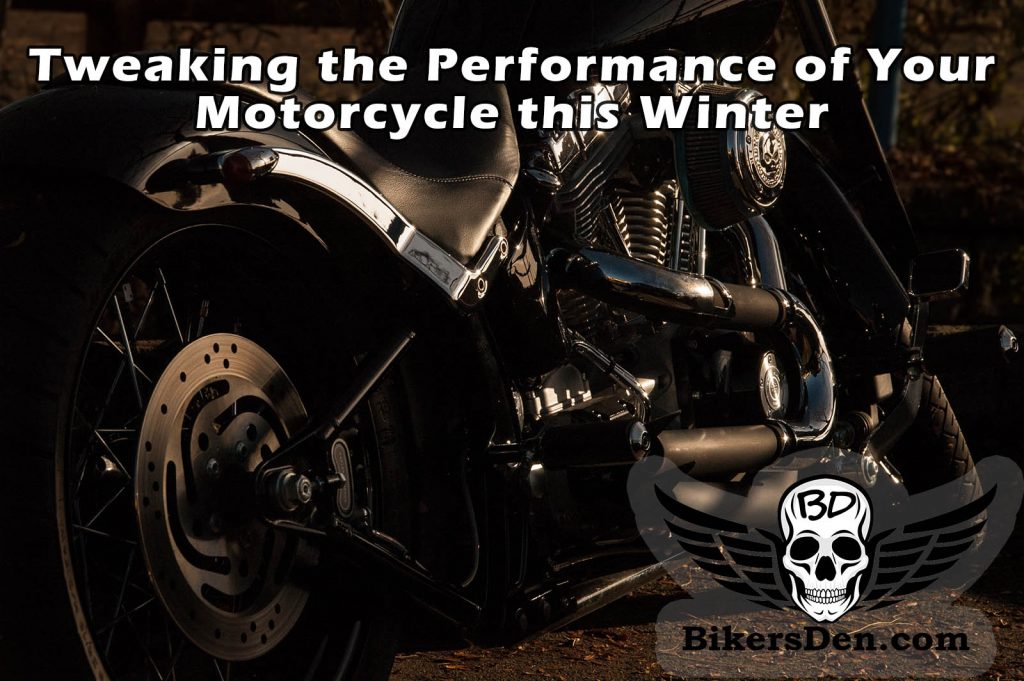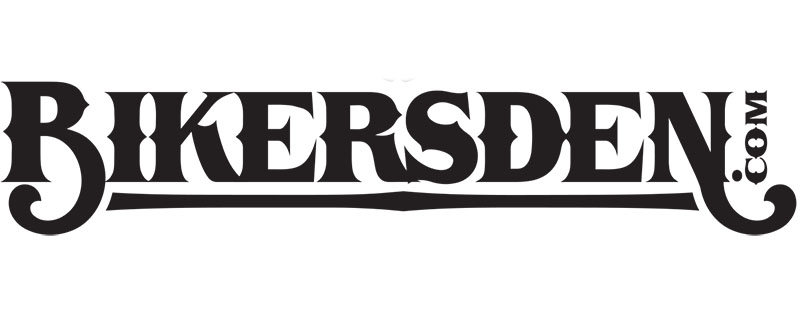
Ah, winter. When motorcycle owners wander around poorly heated garages and dream of warmer weather. It’s also when a helluva lot of mistakes get made in “tune ups” and “performance upgrades” that simply won’t work.
The biggest challenge, of course, is the temperature.
For example, if you push timing too far out, you’re going to get a ping under load.
On the other hand, if you make that adjustment when its below freezing outside, you’re pulling in truly cold, dense air into the engine, and guess what? Your timing is spot on – the bike revs easy, sound great, and MAN! You’re sure you’ve scored a few free ponies.
You probably have, but when you increase the temperature of the intake air by 60 degrees, you get detonation. Ping.
So the first rule of the winter performance break is this – there are no rules.
Everything you do when its 10 degrees outside you’ll have to redo when its 60 degrees.
So don’t be married to your tweaks.
On the other hand, there are some things you can check out and actually lock down.
Think of spark plugs.
What most of us never knew is that spark plugs are designed not to work in a specific engine, but to work in a specific heat range.
Now, before you start interpreting that you can change plugs and make your bike run cooler, you can’t. What you can do is to understand what “heat range” actually means and use that to your advantage.
For starters, why would you even want to tweak the heat range of a bike?
Think of how you use it. The heat range is the “optimal” temperature for the plug to balance between fouling due to carbon and burning of the electrode of the plug due to high head temperatures. If you only use your bike as a local cruiser and rarely take it out for long rides, going “up” a heat range to ensure your plugs are staying clean might be a smart move.
On the other hand, if you do a lot of extended riding in conditions where the bike is building up high RPMs in a hotter climate, it might make sense to drop down one heat range on your plugs.
What most people don’t realize is this – the heat range of the plug doesn’t have anything to do with how “hot” the spark is or what temperature the bike runs at.
It only refers to the plug’s ability to pull heat from itself and keep the electrode at an optimum temperature range for the best balance between proper ignition, self cleaning, and an electrode that it far to hot and pre-igniting the fuel-air mixture.
The benefit of all this is you can tweak your plugs to your bike and usage and gain just a little more of an edge.
You’re not going to add horsepower because you put in plugs one range over or under the manufacturer’s suggestion. What you may find you can do, though, is run a little more timing with those plugs, or a little more fuel, allowing you to make some minor tweaks that do give you some gains.
…And no, you shouldn’t – in most every case – go more than one range up or down.
The nice part of pairing your plugs to your needs is that even though it takes minutes to actually do, it’s liable to take a bit of research on your part to determine the optimal plugs for the engine, the heat ranges of those plugs, and then realize that nearly every manufacturer has a different way of determining heat ranges in their plugs. NGK goes up, Bosch goes down.
So you can stay warm while you learn and then make the right choice and add it to the list of Spring tuning stuff you’ll need to get back on the road.
